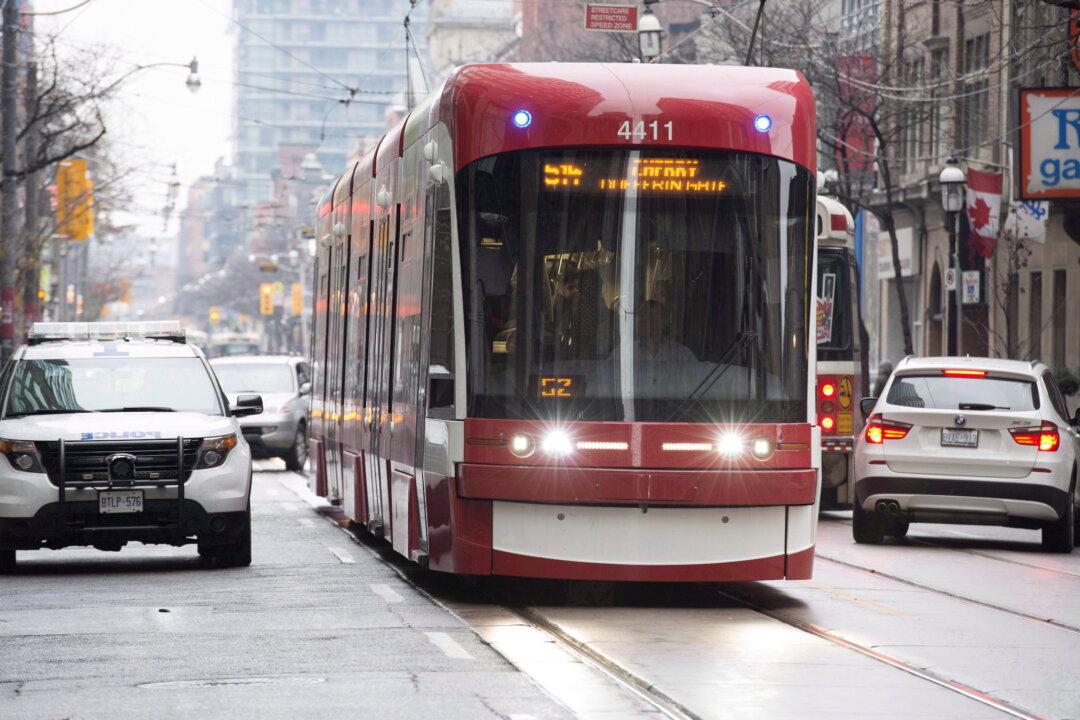News Analysis
Canadian protectionism is to blame for the United States ramping up Buy America, and the federal government missed its chance to head it off by adopting the wrong NAFTA renegotiation strategy, says Carleton University business professor Ian Lee.Buy America—and Buy American—are not new. The two different legislations—Buy America(n)—have been around for decades. The former, a provision of a 1982 act, focuses on U.S. federal transportation infrastructure procurement, while the latter, enacted in 1933, applies to all U.S. federal government agency purchases of goods.





